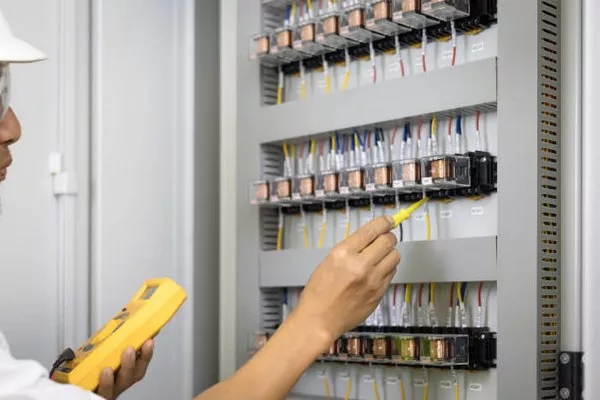In the realm of electronic circuits, transformers play a pivotal role in the efficient transfer of electrical energy. These devices, often overlooked by casual observers, are essential components that facilitate voltage and current transformations. This article aims to demystify the concept of transformers, shedding light on their fundamental principles, applications, and the significance they hold in various electronic systems.
Fundamental Principles:
At its core, a transformer is an electromagnetic device that transfers electrical energy between two or more circuits through electromagnetic induction. This process relies on Faraday’s law of electromagnetic induction, which states that a changing magnetic field within a closed loop induces an electromotive force (EMF) in the conductor. The transformer consists of two coils, known as the primary and secondary windings, wound around a common magnetic core.
The primary winding is connected to the input voltage source, and the secondary winding is connected to the load. When an alternating current (AC) flows through the primary winding, it generates a magnetic field around the winding. The magnetic field induces a voltage in the secondary winding, thereby transferring electrical energy from the primary to the secondary circuit.
Voltage Transformation:
One of the primary functions of transformers is voltage transformation. By altering the number of turns in the primary and secondary windings, transformers can step up or step down the voltage levels. A step-up transformer increases the voltage, while a step-down transformer decreases it. This capability is crucial in various applications, such as power distribution, where high-voltage transmission reduces energy losses over long distances.
Current Transformation:
Transformers also have the ability to transform current levels. The ratio of turns in the primary and secondary windings determines the transformation ratio for both voltage and current. According to the transformer equation, the voltage ratio is equal to the turns ratio, and the current ratio is inversely proportional to the turns ratio. This property is integral in adapting electrical systems to varying load requirements.
Efficiency and Losses:
While transformers are highly efficient devices, they are not without losses. The two main types of losses in transformers are copper losses and core losses. Copper losses occur due to the resistance of the winding conductors, leading to power dissipation in the form of heat. Core losses, on the other hand, stem from hysteresis and eddy currents in the magnetic core material. Design considerations and material choices are crucial in minimizing these losses and optimizing transformer efficiency.
Applications of Transformers:
Transformers find extensive applications across diverse industries due to their versatile nature. Power distribution grids rely on transformers to step up voltage for long-distance transmission and step down voltage for local distribution. In electronic devices, transformers are integral in power supplies to convert AC to the required DC voltage. They are also employed in audio systems for impedance matching and signal isolation.
Isolation and Safety:
Transformers provide electrical isolation between the primary and secondary circuits, ensuring safety in various applications. This isolation prevents the direct transfer of high voltage to sensitive electronic components or devices. In situations where galvanic isolation is critical, transformers serve as indispensable components, safeguarding both equipment and operators.
Types of Transformers:
Transformers come in various types, each designed for specific applications. Distribution transformers are commonly used in power grids for voltage transformation, while power transformers handle higher power levels in generating stations. Autotransformers offer a compact solution for slight voltage adjustments, and isolation transformers are dedicated to providing galvanic isolation in sensitive electronic circuits.
See Also What Is A Transformer Outlet On A Surge Protector
Conclusion:
In conclusion, transformers are indispensable components in electronic circuits, facilitating the efficient transfer of electrical energy through electromagnetic induction. Their ability to transform voltage and current levels, coupled with electrical isolation, makes them integral in diverse applications, from power distribution grids to electronic devices. Understanding the fundamental principles, design considerations, and applications of transformers is essential for engineers and enthusiasts alike, as they continue to play a pivotal role in advancing technology and powering our modern world.

